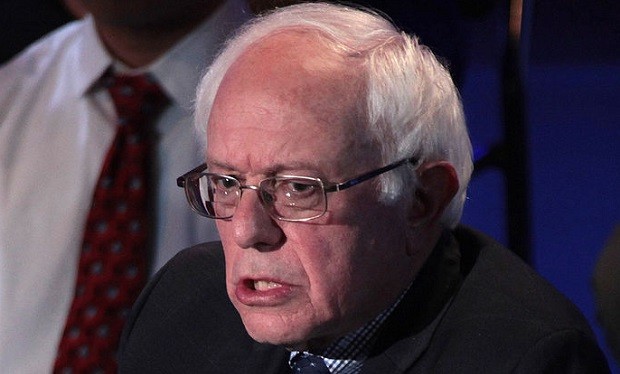Bernie Sanders continues to rain down breakup threats upon the big banks as he looks for traction against rival Hillary Clinton before the New York primary. Sanders repeatedly says that the big banks that received taxpayer bailout billions after the 2008 financial crisis are all even bigger now. And that they were bailed out then because they were deemed “too big too fail.” Sanders, who has won 8 of the last 9 caucuses, is often painted as an idealist rather than a realist. But his campaign style is very realpolitik: Sanders has identified a target audience that most pundits had previously written off as small — or at least smallish. And the candidate is making a very direct, extremely popular appeal to that demographic group.
Who are they? Bernie counts some wealthy people among his supporters. But the lion’s share of Sanders’ support is from those who find this statistic to be untenable and unsustainable — and those who find themselves part of it: in December a Google Customer Survey found that 62% of Americans don’t routinely carry a balance of more than $1,000 in their savings accounts. And approximately one in five Americans don’t even have a savings account. There will be no bailout for them if they have car trouble or an unexpected hospital visit. If Sanders is running a politically naive campaign, that fact is lost on people one accident away from financial catastrophe.
